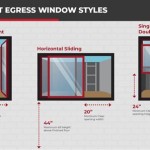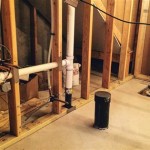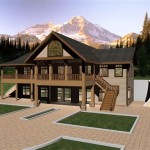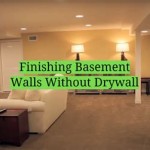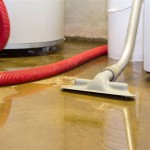Exposed Insulation in Basement Ceiling
An exposed basement ceiling often reveals the insulation material, leaving it visible and unhidden. This lack of coverage can affect the overall aesthetics of the basement and potentially impact its functionality. Several factors can contribute to exposed insulation, including:
- Incomplete or unfinished construction
- Deteriorated or damaged drywall or ceiling tiles
- Removal of existing ceiling coverings
Addressing exposed insulation in the basement ceiling is essential for both aesthetic and practical reasons. Here are some important aspects to consider:
Advantages of Covering Exposed Insulation:
- Improved Aesthetics: Covering exposed insulation enhances the overall appearance of the basement, making it more inviting and less industrial.
- Increased Energy Efficiency: Insulation helps regulate temperature and reduce heat loss, leading to potential energy savings.
- Noise Reduction: Insulation acts as a sound barrier, reducing noise transmission from the basement to other areas of the house.
- Fire Safety: Some insulation materials, such as fiberglass, have fire-resistant properties, providing an additional layer of protection.
Options for Covering Exposed Insulation:
- Drywall: Drywall is a versatile and cost-effective option for covering insulation. It can be painted or textured to match the existing decor.
- Ceiling Tiles: Ceiling tiles are another popular choice, offering a quick and easy installation. They come in various styles, including acoustic tiles for noise reduction.
- Suspended Ceiling: A suspended ceiling is a grid system that supports acoustic panels or drywall tiles. It provides access to the insulation for future maintenance.
- Spray Foam Insulation: Spray foam insulation is an alternative method that involves spraying a liquid foam directly onto the insulation, creating a seamless and airtight barrier.
Additional Considerations:
- Vapor Barrier: When covering exposed insulation, a vapor barrier should be installed to prevent moisture from entering the insulation and causing damage.
- Building Codes: Local building codes may have specific requirements for covering exposed insulation. It is essential to check and adhere to these regulations.
- Professional Installation: For optimal results and safety, consider hiring a qualified contractor for the installation of ceiling coverings over exposed insulation.
By addressing exposed insulation in the basement ceiling, homeowners can enhance the aesthetics, improve energy efficiency, reduce noise, and ensure compliance with safety standards. Choosing the appropriate covering material and following best practices ensure a functional and inviting basement space.
Covering Exposed Fiberglass Insulation In Unfinished Basement Diy Home Improvement Forum

Should I Insulate My Basement Ceiling And Walls Aire Serv

How To Cover Insulation In Basement Ceiling Barrier Energy

Semi Finished Basement Advice Please Exposed Insulation Pipes On Walls

What Is Basement Ceiling Insulation And It Worth

Semi Finished Basement Advice Please Exposed Insulation Pipes On Walls

Insulate A Basement Ceiling With Owens Corning Fiberglas

Radiant Barrier Or Vapor For Ceiling Insulation

How To Cover Insulation In Basement

Insulate A Basement Ceiling With Owens Corning Fiberglas

